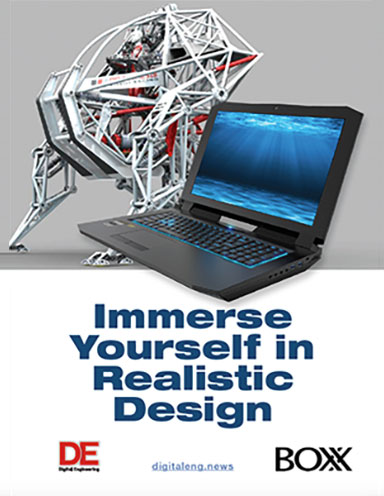Latest News
March 26, 2019
Foundry, a developer of software for the media and entertainment and digital design industries, has launched Modo 13.0, the first in a series of three installments of the highly anticipated Modo 13 Series.
According to the company, the Modo 13 Series strengthens Modo’s robust animation, modeling and rendering capabilities with sizeable feature additions to boost artist creativity and allow for richer content creation and sharing.
“Engineering teams from both AMD and Foundry work side-by-side to develop and continuously refine the integration of hardware and software applications. With this close collaboration, we're able to accelerate the creative process and power ground-breaking rendering solutions.”
— Andrej Zdravkovic,
corporate VP of Software, AMD
Modo 13 introduces native GPU rendering with its first iteration of AMD Radeon ProRender alongside AMD’s denoising features. This hardware-agnostic, physically-based rendering engine leverages open industry standards to use a variety of GPU and CPU hardware.
“We are dedicated to empowering all types of digital artists in their quest to deliver creative results, faster,” states Shane Griffith, senior product manager, Foundry, via a press release. “The Modo 13 Series will further these abilities within design creation workflows, visualization, and animation with a number of improvements focused on enhancing the creative flow.”
With Modo 13, character artists can now non-destructively control layers of animation or easily override existing actions, while masking with the new Animation Layer system allows for individual aspects of an animation to be isolated and uniquely defined.
Other key features for Modo 13.0 include:
- Modo Bridge now supports Unity and adds the same functionality that was present in the Unreal Bridge through a shared interface to streamline interaction with real-time scene creation.
- MeshFusion adds Kit Fusing, giving artists the ability to define only a portion of a mesh to be used for creating boolean operations.
- Arrays are a new extension to Modo’s procedural system that allows for advanced storage, manipulation and output of data in a variety of forms, further enabling what technical artists can engineer in Modo.
For more information, visit the Modo 13 release page.
More AMD Coverage

Subscribe to our FREE magazine, FREE email newsletters or both!
Latest News
About the Author
DE’s editors contribute news and new product announcements to Digital Engineering.
Press releases may be sent to them via [email protected].






